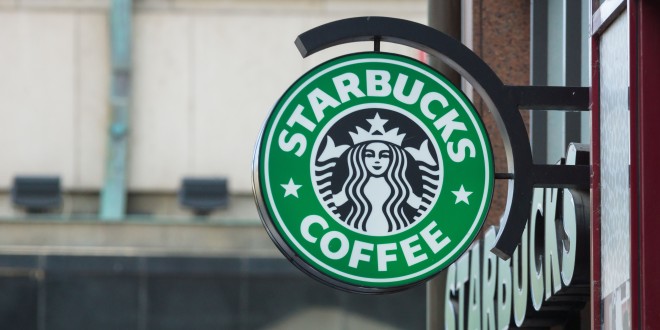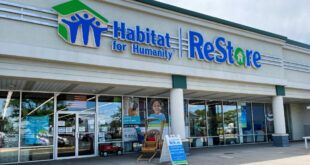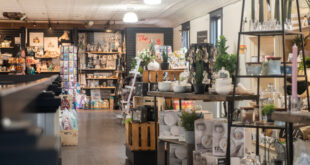A look at Starbucks’ business offers lessons on retailing, such as how to effectively run a company, treat customers and manage employees.
The coffee shop powerhouse is present in over 65 countries, operates more than 21,000 stores and experienced 11 percent sales growth in 2014, according to Starbuck’s annual report.
At 30 years old, Starbucks serves more than 70 million customers every week. The company has revolutionized coffee selling and continues to grow its brand with plans of opening more stores.
Here are some retailing tips to learn from Starbucks:
- Know the customer’s name: When the barista serves your iced caramel coffee, she calls out your name. This simple gesture goes a long way in retaining customers. Have employees ask customers open-ended questions so they can get a better understanding of what brought the customer into the store and how they can assist in their shopping experience.
- Know the target market: Starbucks furnishes its locations with cozy couches and tables, providing a homey place for college students to write class papers. The coffee shops also have drive thrus, catering to the corporate, fast-paced workforce that wants to grab coffee on the go. Knowing your customers is a key in providing quality, unmatchable service. If a majority of your customers are young, busy families, a website with a “pick-up at store” capability will allow them to be busy and still get all the home improvement products they need. If customers tend to linger in the store, then more experiential shopping will cater to them as they enjoy seeing displays and interacting with products.
- Changed the way we define coffee shop: Starbucks changed the definition of coffee shop from a store that only serves coffee to a hangout and meeting place that serves yummy drinks and food, inviting customers to stay a while with comfy seating, electrical outlets and phone charging stations. Go beyond the typical home improvement store experience by hosting fun events, teaching classes, getting involved with other local retailers and changing the way home improvement store is defined.
- Treat employees well: Starbucks knows the value in retaining employees, so it provides free online college courses for employees, and those who work 20-plus hours are eligible for health insurance. Knowledgeable employees who provide exceptional customer service are what independent home improvement retailers pride themselves on. Adding benefits will encourage employees to work harder and provide them a reason to stay longer. Employees are the face of your operation, so it is important that they feel valued and bring a positive energy to the workplace on a daily basis.
- Tailored product offering with seasonal choices: Starbucks has its core products consisting of iced coffees and mocha lattes, but as the weather changes, seasonal items are introduced such as the famous Pumpkin Spice Latte. It is important that retailers fully understand the product demand that changing seasons and weather bring. If it is raining in the morning, put a dump bin of umbrellas at the front of the store, reminding customers that they left their umbrella at home and will need one throughout the day.
- Knowledgeable employees: Starbucks employees undergo 30 hours of training and can serve 87,000 drink combinations. Starbucks understands the value of employee training and ensures employees can meet their customers’ needs. The North American Retail Hardware Association found that the No. 1 cause of employee dissatisfaction in a home improvement retailing job is lack of training. Invest in an employee training program that not only provides product knowledge, but also selling tools to fully equip new hires for the sales floor.
- Integrate online and in-store experiences: Starbucks has more than 7 million mobile transactions per week in the U.S., according to its January earnings call. Company leaders know a majority of its customers are tech savvy and they have adapted payment options to cater to customers. Even if a high-end website with shopping cart capabilities and a search bar is not an option, making a website using a simple tool such as WordPress is beneficial. The basic website can provide directions, store hours, weekly promotions and a history of the store.
- Keeping up with the trends – Starbucks knows what the trends are and was responsive by acquiring Evolution Juice. The company saw the potential in the juicing/smoothie market, so it expanded its product offering to reflect that trend. Keep an eye out for industry research and market trends, then adapt your inventory to accommodate those trends. Talk with other independent retailers to see what categories have experienced growth for them or what niche products are providing a great return on investment.
- Loyalty program – According to Starbuck’s 2013 annual report, 7 million people are active My Starbucks Rewards members in the United States, with 1 in 3 transactions being paid with a Starbucks Card. The loyalty program provides value and gives customers a reason to only buy from Starbucks. Loyalty programs are great ways to get customers in-store and track their shopping patterns. Having a loyal following provides you with brand advocates and make up the majority of your sales. The 80/20 rule indicates that 80 percent of sales come from 20 percent of your customers, and often those 20 percent of customers are or would like to be loyalty members.
- Growing Responsibly – Starbucks gives back to the community through its goal of employees performing 1 million hours of community service each year. Also, Starbucks ensures that 95% of its coffee meets C.A.F.E. practices standard, serving a globally responsible product. As a local retailer, it is extremely important to get involved in the community with programs like the Fuller Center for Housing, the Future Farmers of America, or a local organization. Also, as the social responsibility trend is here to stay, try to operate in as eco-friendly a way as possible. Have your store recycle and provide an option for customers to bring their recyclables to the store. If they walk in to drop off recycling, there is a good chance they will stay and shop.
 Hardware Retailing The Industry's Source for Insights and Information
Hardware Retailing The Industry's Source for Insights and Information








